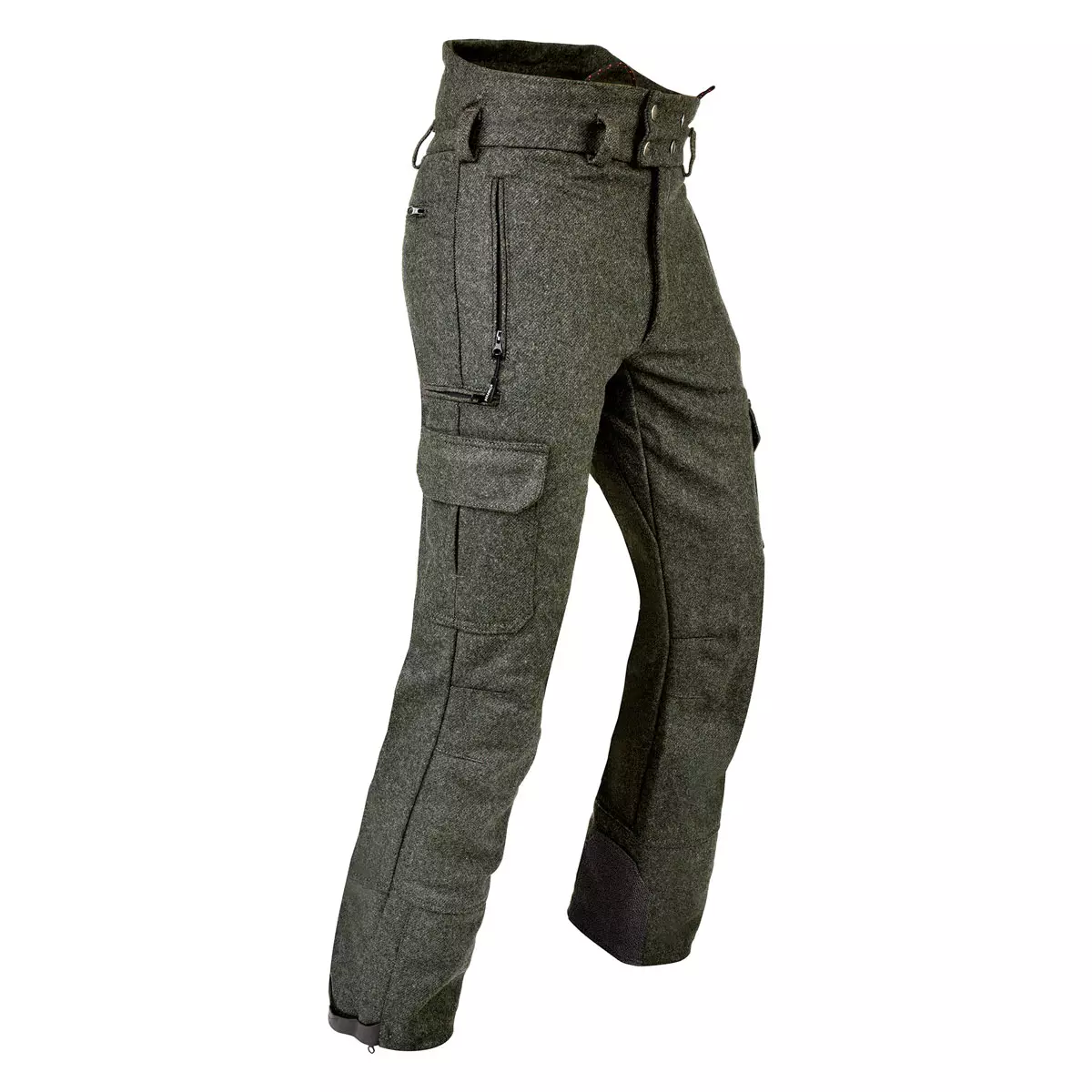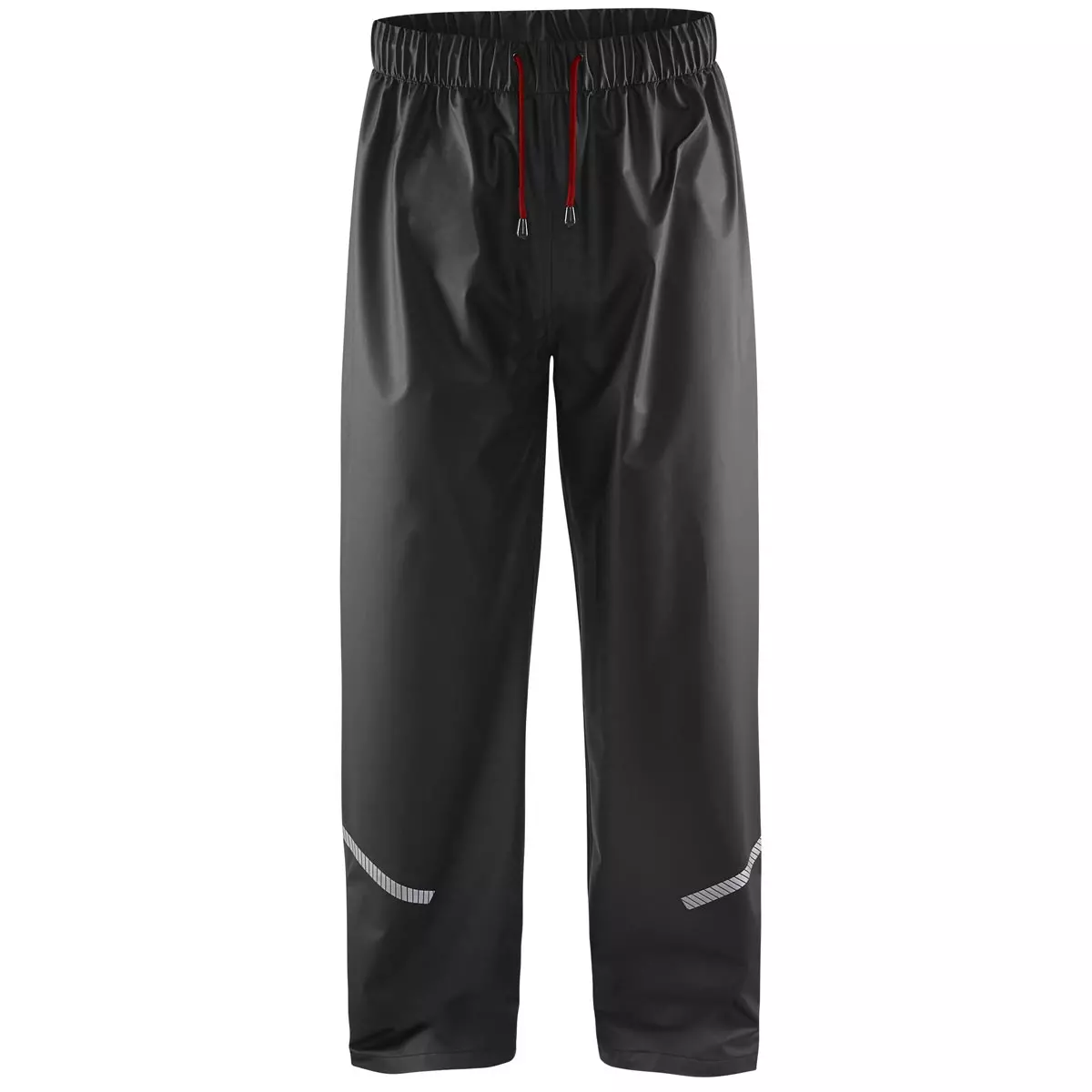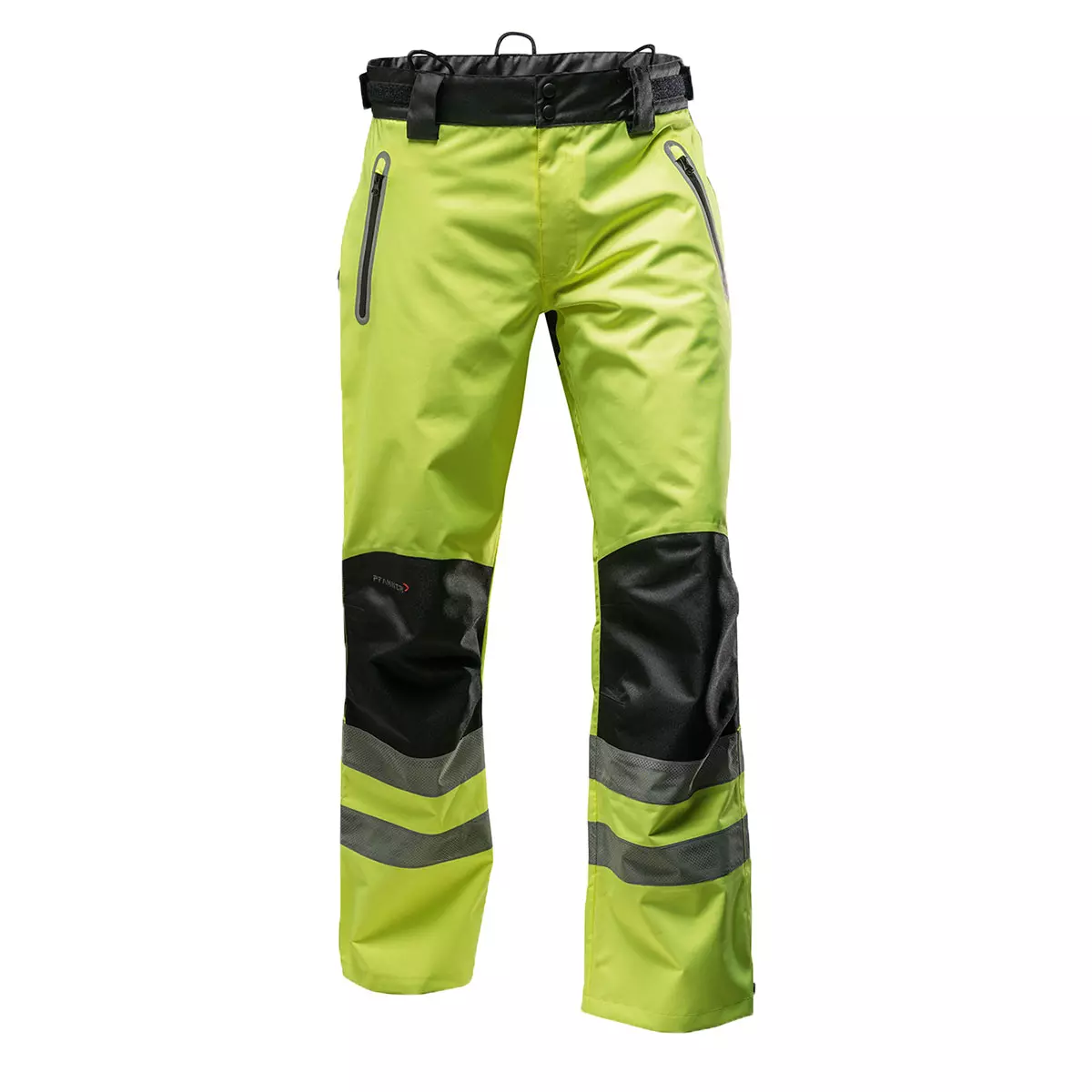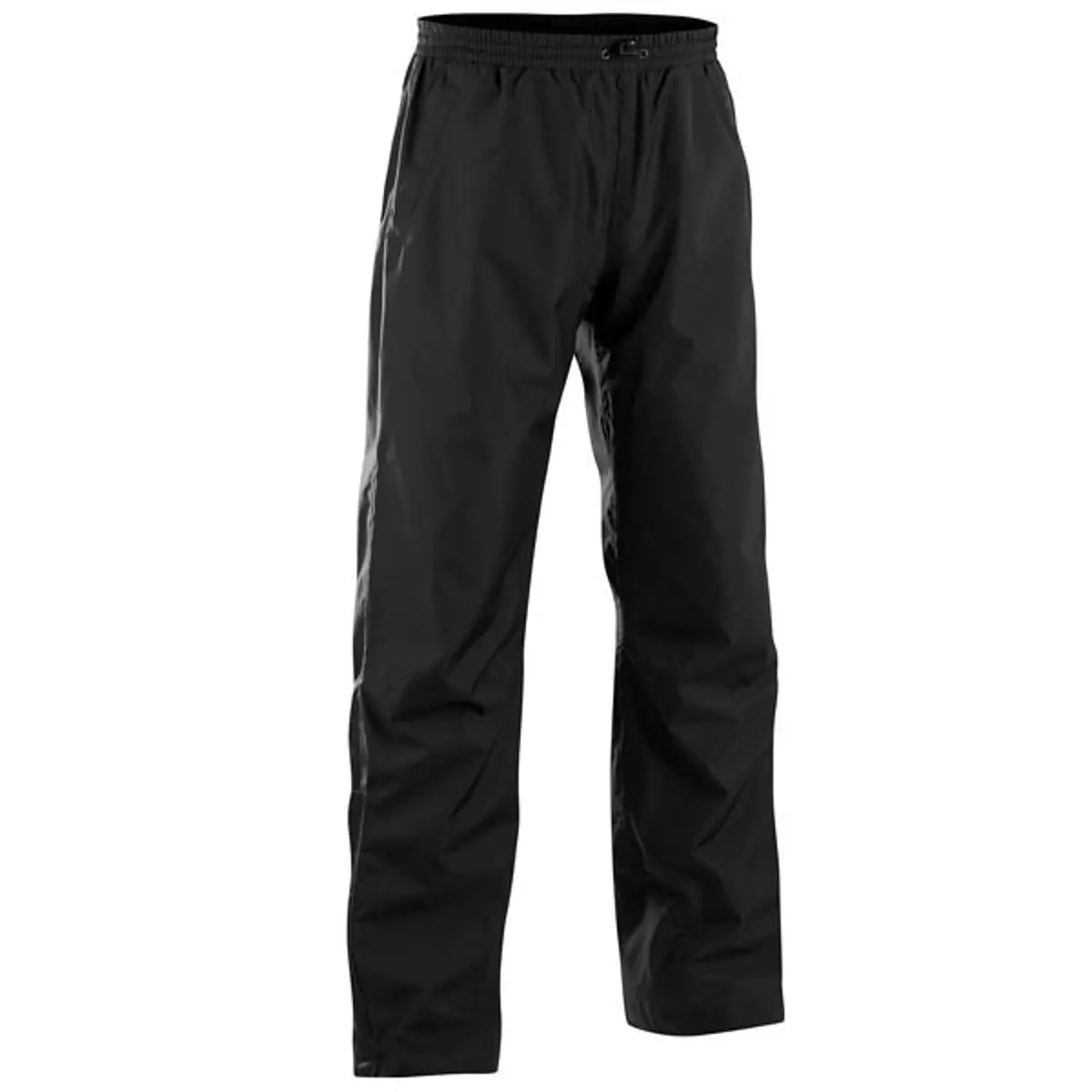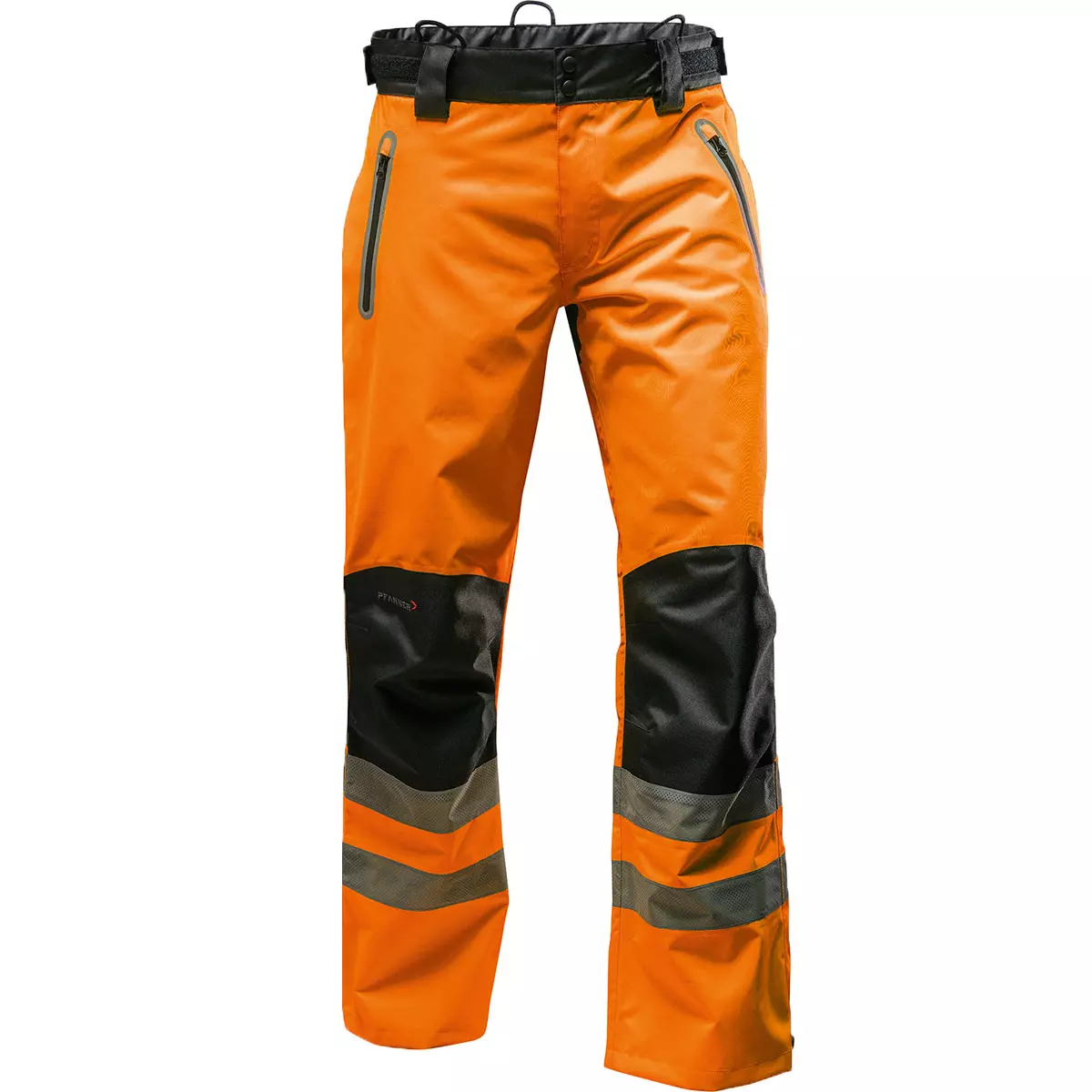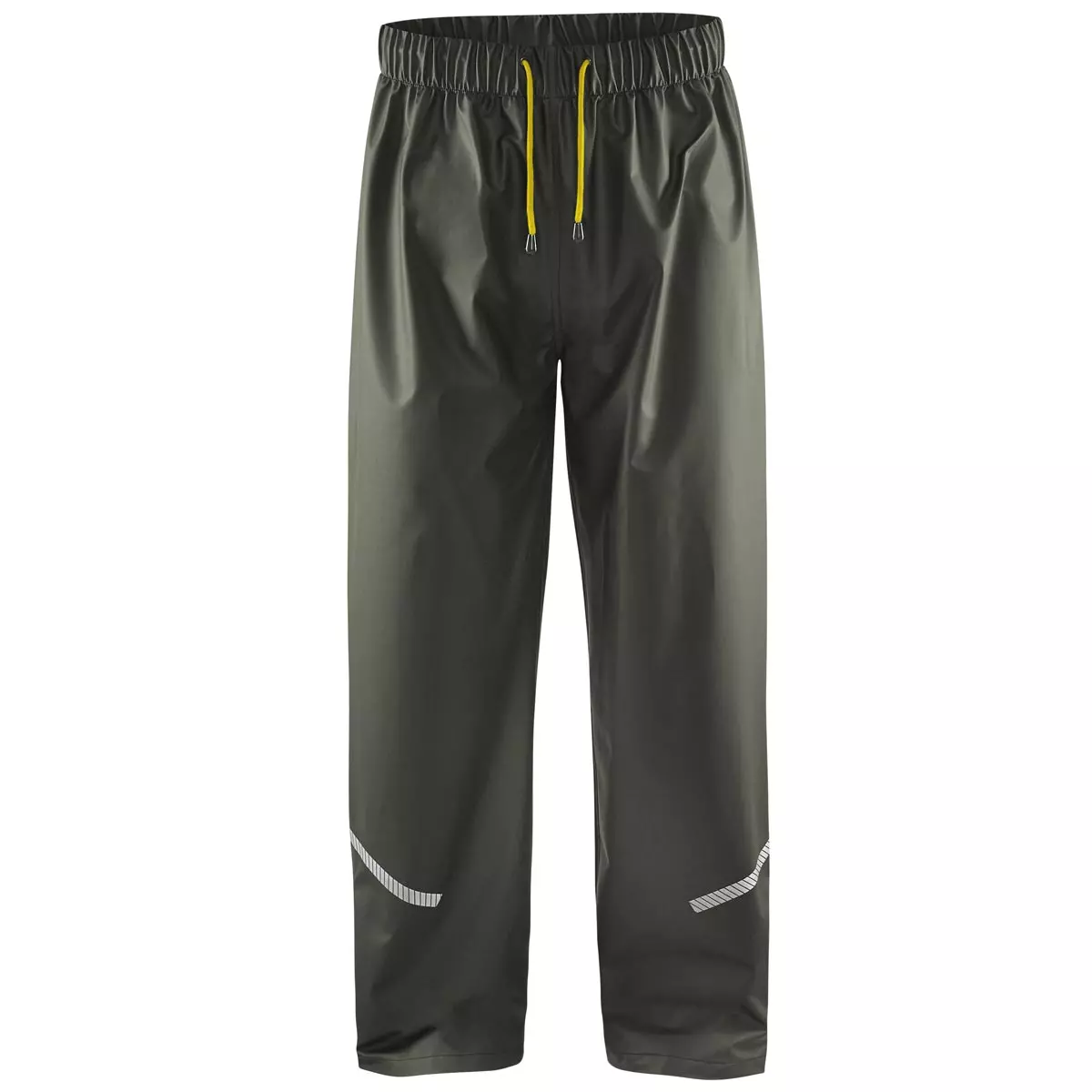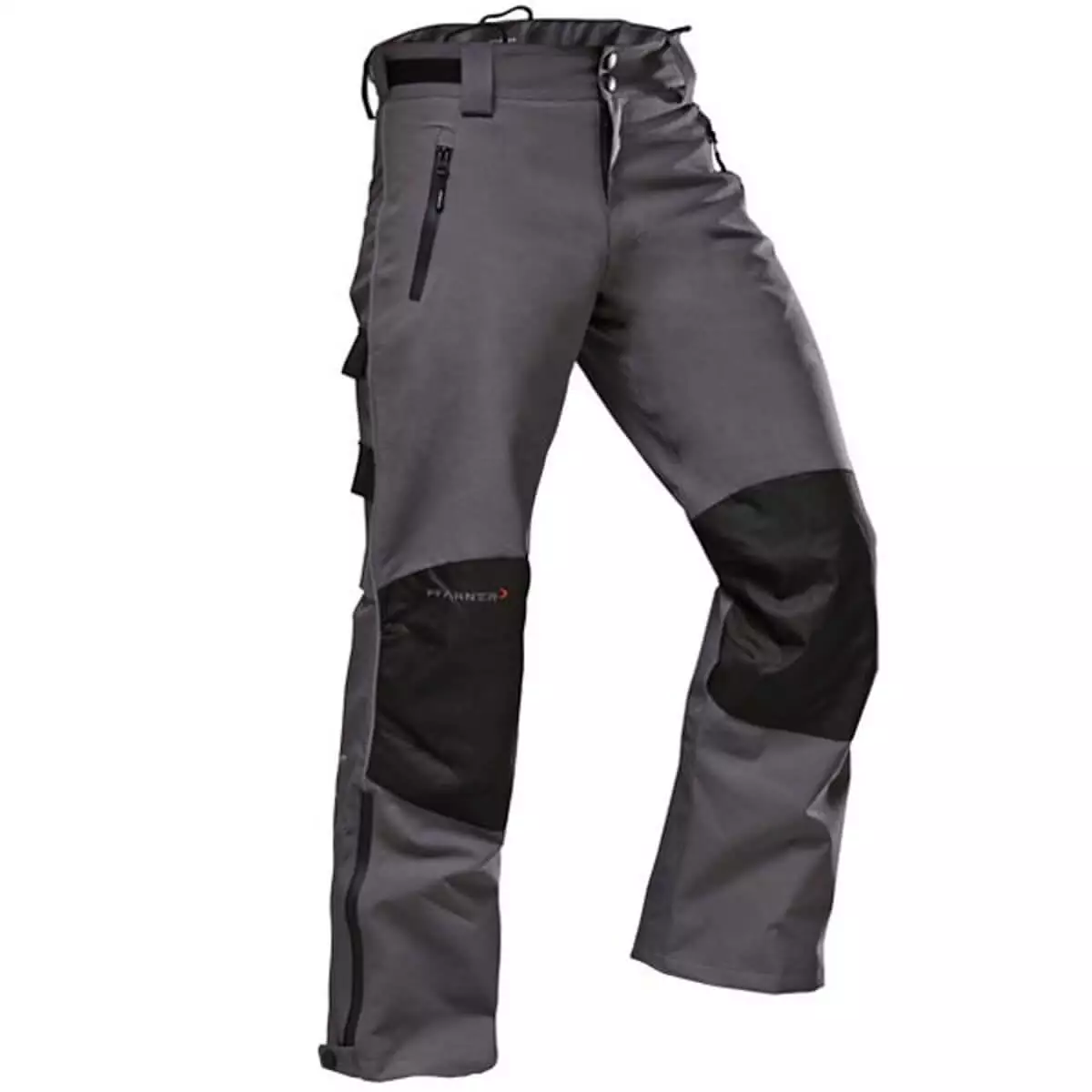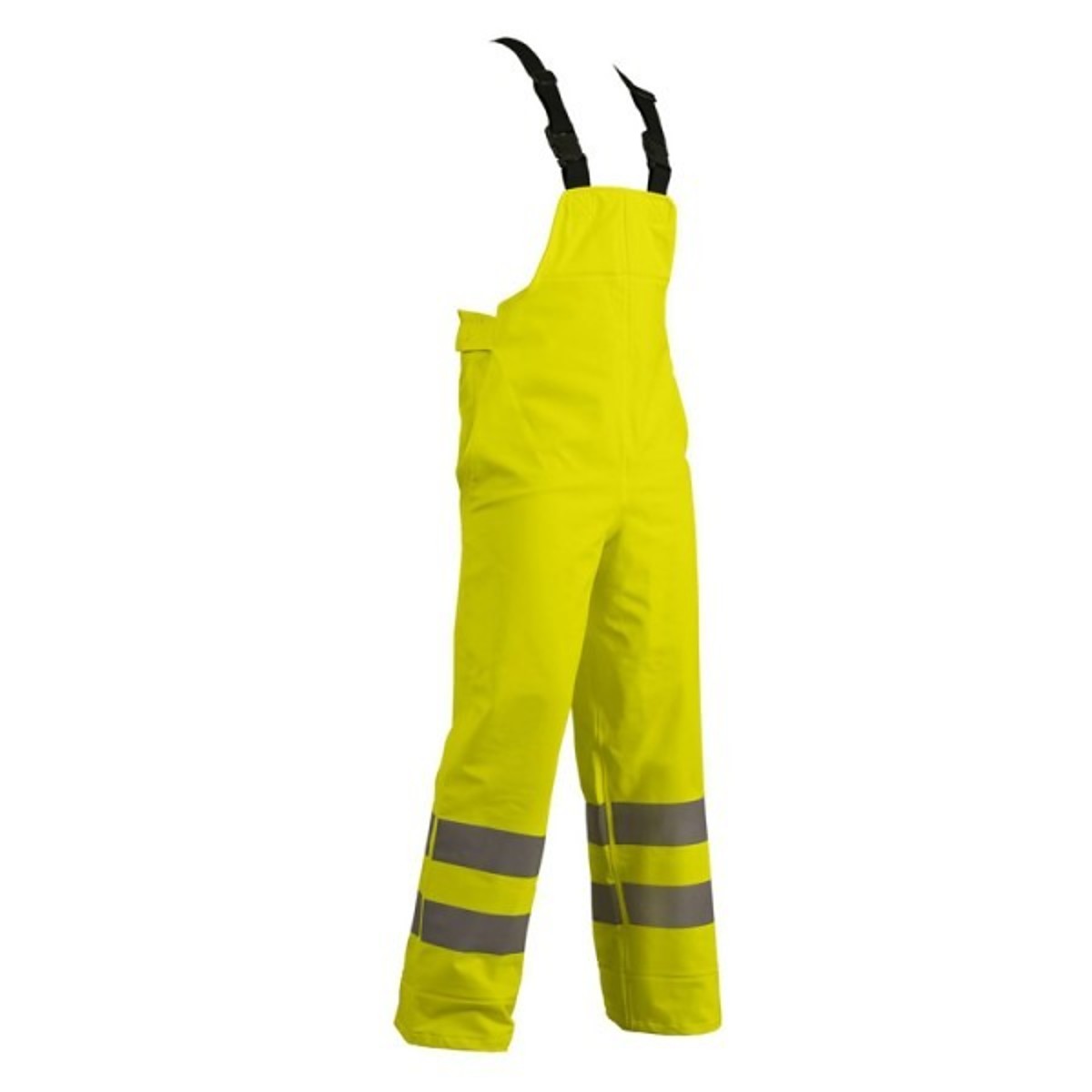Regenhosen – Overview & Buying Guide
Why "Regenhosen"?
Regenhosen (rain trousers) are purpose-built overtrousers that keep you dry, warm and mobile in wet weather. They shield you from rain, sleet, snow and ground moisture and are popular with commuters, outdoor workers, hikers and anyone who spends time outside in unpredictable conditions. The content on {category_url} already covers these benefits; here I go into materials, technologies and practical buying and care tips to help you pick the right pair.
Which materials and technologies matter for Regenhosen?
Not all rain trousers are the same. The key factors are the outer fabric, the waterproof membrane or coating, seam sealing and the finish (DWR). Below are the technologies you’ll commonly see and what they mean in real use.
- Membranes (e.g., Sympatex®, GORE-TEX®, eVent®): a separate, waterproof layer that lets vapour escape. Membranes are rated by hydrostatic head (water column in mm) and breathability (MVTR or RET).
- Coatings (PU, polyurethane): a cost-effective option that can be waterproof but is often less breathable than membranes. PU is a good choice for short exposures or light-duty use.
- DWR (Durable Water Repellent): a fluorine-free or PFC-free finish that makes water bead and run off the outer fabric. DWR reduces wetting-out and helps maintain breathability.
- Construction: 2‑layer vs. 2.5‑layer vs. 3‑layer systems. 3‑layer constructions are laminated, durable and common in technical pants for heavy use. 2‑layer or 2.5‑layer systems are lighter and pack smaller, ideal for commuting or occasional use.
Examples from our range on {category_url}:
- Sympatex® rain trousers: Sympatex® is a waterproof, windproof and breathable membrane. Manufacturer spec: water column up to 45,000 mm; our Forsberg‑Praxistest confirms excellent waterproofing and reliable breathability during long outdoor shifts.
- GORE-TEX® models: a well-known membrane, often rated around 20,000–28,000 mm hydrostatic head with high breathability — a solid choice for strenuous activities where vapour transport matters (manufacturer data).
- eVent® trousers: use direct‑venting membrane technology with strong MVTR values and very good short‑burst breathability — great for hiking or physical work with high exertion (manufacturer data).
- PU-coated work trousers: economical and waterproof for short-term exposure (typical water column 3,000–10,000 mm) and easy to care for; less breathable unless paired with a membrane.
- Environmentally minded finishes: many modern models (e.g., from Vaude® and Sympatex®) use PFC-free DWR and recycled fabrics — check the product page on {category_url} for certifications.
Tip: A membrane listed with a water column ≥ 1,300 mm meets basic waterproofing, but for all‑day outdoor work or heavy rain look for values above 10,000 mm and a proven membrane construction (3‑layer) for durability and breathability.
How to care for and maintain your Regenhosen
Good care keeps waterproof trousers performing longer. These steps reflect industry guidance and our experience handling products on {category_url}.
- Preparation: Close all zips, fasten hook‑and‑loop, empty pockets and shake off loose dirt. Brush off mud once dry.
- Washing: Use a technical wash (e.g., Nikwax Tech Wash or similar). Wash at 30–40°C on a gentle cycle unless the care label says otherwise. Do not use fabric softener or regular detergents — they clog membranes and reduce DWR performance.
- Re‑proofing: If water no longer beads on the outer fabric, reapply DWR. Use a spray‑on or wash‑in reproofing product suitable for breathable membranes and follow the product instructions. - Activation: Some DWR treatments need low heat to reactivate. Tumble dry on low (if the care label allows) or use a warm iron over a towel at the indicated temperature. Do not exceed the recommended temperatures.
- Troubleshooting and repairs: Patch small holes with repair tape or consult a specialist for seam resealing. Replace worn waterproof zips or have a professional repair them — zips are a frequent failure point.
- Storage: Store dry and ventilated. Avoid leaving garments folded for years; hanging reduces creases in laminated membranes.
Practical tip from our warehouse and product specialists on {category_url}: always check the manufacturer’s care label first. If a product has bonded seams or a laminated finish, avoid high‑temperature washes and aggressive mechanical agitation.
Use cases — when Regenhosen make a difference
1) Commuter cycling: A lightweight PU‑coated overtrouser or a 2.5‑layer membrane pant packs small and keeps you dry on rainy rides. Look for reflective details and ankle zips for easy on/off with shoes.
2) Outdoor work / trades: For site work in rain and wind, choose a robust 3‑layer membrane pant (Sympatex® or GORE‑TEX®) with taped seams and reinforced knees. They resist water and wind and usually offer higher abrasion resistance.
3) Hiking & trekking: Breathability matters. Choose an eVent® or high‑MVTR GORE‑TEX® model with venting zips. Lightweight 2.5‑layer pants perform well on uphill sections and pack small in a daypack.
4) Leisure & dog walking: For short outings, a PU‑coated overtrouser or an affordable Sympatex® option gives comfort, quick drying and easy stowage.
Top brands & models compared
| Brand | Model | Technology / Membrane | Performance (water column / breathability) | Price (€) | Source / Experience |
|---|---|---|---|---|---|
| Sympatex® | WorkShell Pro Rain Pant | Sympatex® membrane, 3-layer | Water column: up to 45,000 mm; high breathability (manufacturer data) | 150–230 | Manufacturer spec; Forsberg-Praxistest |
| GORE-TEX® | Active Softshell Rain Trouser | GORE-TEX® membrane, 3-layer | Water column: ~20,000–28,000 mm; very good MVTR (manufacturer data) | 170–260 | Manufacturer spec; customer reviews on {category_url} |
| eVent® | VentPro Hiking Pant | eVent® direct-vent membrane, 2.5-layer | Water column: ~15,000–20,000 mm; excellent short-burst breathability | 140–220 | Manufacturer spec; Forsberg-Praxistest |
| Vaude® | Eco Rainovertrousers | PU coating + PFC-free DWR | Water column: ~10,000–15,000 mm; moderate breathability | 60–120 | Manufacturer spec; sustainability label on {category_url} |
| Forsberg™ (outdoor line) | Lightpack Overpant | PU-coated fabric, taped seams | Water column: ~8,000–12,000 mm; practical for commuters | 35–80 | Forsberg-Praxistest; product page on {category_url} |
| Budget work range | All-Weather Overtrouser | PU lamination | Water column: ~3,000–7,000 mm; low breathability | 20–50 | Manufacturer data; in-store feedback |
Note: The examples above represent models found on {category_url} and combine manufacturer specifications with our practical observations. Our aim is to offer a balanced price‑performance range, from robust membrane trousers (Sympatex® and GORE‑TEX®) to affordable PU‑coated options for occasional use.
Frequently asked questions (FAQ)
Q: What does the water column (hydrostatic head) number mean for rain trousers?
A: It shows how many millimetres of water pressure the fabric can resist before leaking. Higher numbers mean better waterproofing; for heavy daily rain look for values above 10,000 mm.
Q: Are membranes like Sympatex® and GORE-TEX® breathable?
A: Yes. These membranes let water vapour escape while blocking liquid water. Breathability varies by construction and is most important for active use — higher MVTR/ lower RET values indicate better vapour transport.
Q: Can I wash my rain trousers in the washing machine?
A: Usually yes — use a technical wash at 30–40°C on a gentle cycle and skip fabric softener. Always follow the garment’s care label.
Q: When should I reproof my trousers?
A: Reproof when water no longer beads on the outer fabric or when breathability seems reduced. Use a DWR reproofing product that’s compatible with breathable membranes.
Q: Do PU-coated trousers breathe?
A: PU coatings are waterproof but typically less breathable than membrane systems. They work well for short exposures; for high exertion choose a membrane pant.
Q: How do I choose between overtrousers and bib trousers with braces?
A: Overtrousers are quick to put on over shoes and are easy to carry. Bib trousers (with suspenders) give more back protection, better coverage and a more secure fit for heavy work.
Image placeholders
[IMAGE: Typical Regenhosen in use — cyclist in rain wearing waterproof overtrousers. Alt: "Cyclist wearing waterproof Regenhosen in heavy rain". Source: Forsberg.works / {category_url}]
[IMAGE: Detail of taped seam and waterproof membrane. Alt: "Close-up of taped seam and membrane in Regenhose". Source: Forsberg.works / {category_url}]
[IMAGE: Application scenario — outdoor worker bending, knees reinforced. Alt: "Worker wearing reinforced Regenhose on a wet construction site". Source: Forsberg.works / {category_url}]
Sources and references: product specifications and care advice from the product pages on {category_url}, manufacturer datasheets (Sympatex®, GORE‑TEX®), and Forsberg‑Praxistest observations.
Further reading: see our detailed care guide (link on {category_url}/care-guide) and the sizing & fit guide ({category_url}/size-guide) for help with fit and maintenance. Browse our selection of Regenhosen and find the perfect product for your needs.
— Rosi, Content Creator & Fit Expert


